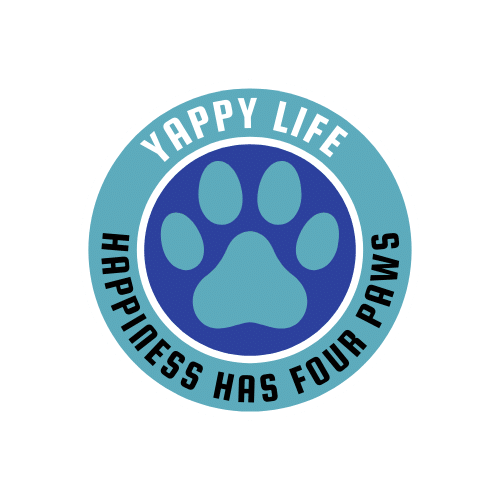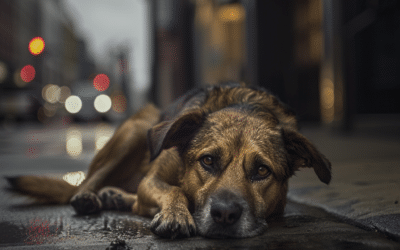Here is a list of drugs that are safe for dogs & cats.
Please note: We are not veterinarians nor do we claim to be. Nothing here is meant to replace what your veterinarian says. Always consult with your veterinarian first. This list is provided as a guide only!
NOT SAFE
(If a drug is NOT listed here, please do not assume it is safe to give to your dog, always consult your veterinarian first)
Other common medicines and so called social “drugs” which definitely should not be given by owners to their pets are :
* Paracetamol
* Ibuprofen
* Acetaminophen (Tylenol)
* Alcohol of any kind
* Benzocaine
* The laxative phenolphthalein
* Iron supplements
* Vitamin D supplements
* Nebuliser medications prescribed for asthma
* Drugs used to control “fits” e.g. phenytoin (toxic in cats)
* Coffee and tea (due to the caffeine content)
* Cannabis or any other illegal drug.
All of the above have been documented to cause serious illness – and are potentially fatal . The message is – NEVER assume what is safe for you and your children is safe for your pet – the chances are it isn’t.
SAFE
Household Medications for Pets
The following is a list of common household human medications that can be used on pets. These medications can be especially useful if you can’t reach a veterinarian.
|
Product |
Common Usage |
Canine (dog) Dosage |
Feline (cat) Dosage |
| Buffered Aspirin | pain relief, anti-inflammatory | 5 mg per lb. every 12 hours | not recommended |
| Vitamin B | used as an appetite stimulant | 1/2 to 2ml subcutaneously every 24 hours | 1/2 to 1ml subcutaneously every 24 hours |
| Benadryl | treats allergies, itching etc. | 1/2mg per lb. every 8 hours (max dose 2mg per lb.) | Although safe to use, Benadryl is not very effective in cats, and other antihistamines are more commonly prescribed
same as canine dose |
| Dramamine | reduces motion (car) sickness | up to 50mg every 8 hours | up to 10mg every 8 hours |
| GAS-X
(Simethicone) |
Simethicone is used in dogs to help with unusual flatulence or gas discomfort. Any dog suspected of BLOAT should get 2 doses immediately before transport to the Emergency Clinic. | Small: ¼ adult dose
Medium: ½ adult dose
Large: 1 adult dose |
¼ adult dose |
| HYDROCORTISONE | Can help to relieve itchy, raw or irritated skin. It can be used topically to reduce itching from hives, hot spots, and insect bites and stings. | Apply a small amount up to two times daily. | Same as canine dose |
| Hydrogen Peroxide 3% | used to induce vomiting after accidental ingestion of poison | 10ml by mouth every 15 minutes | same as canine dose |
| Epinephrine 1:1000 | used to treat reactions following medications, insect bites & stings | 1/10 to 1/2ml intramuscular or subcutaneously | 1/10 to 2/10ml intramuscular or subcutaneously |
| Pepto Bismol | for diarrhea, vomiting & anti-gas | 1 tsp per 5 lbs every 6 hours | not recommended |
| Di Gel Liquid | antacid and anti-gas | up to 4 tbs every 8 hours | up to 2 tbs every 8 hours |
| Mineral Oil | eliminates constipation | up to 4 tbs daily | up to 2 tbs daily |
| Kaopectate | relieves diarrhea | 1 ml per lb. every 2 hours
***WARNING: Certain dog breads related to Collies may have adverse reactions to Imodium (loperamide/ivermectin). Do not give this medicine to Collies, Shelties, Australian Shepherds and Long-haired Whippets. |
same as canine dose |
| TAGAMET
(Cimetidine) /PEPCID-AC /ZANTAC |
Reduces the amount of stomach acids and can be dispensed to dogs and cats suffering from ulcers, acid reflux or belly ache. Sometimes they are used to prevent ulcers in animals taking other medications. | Less than 20 lbs: ¼ tablet
20 – 60 lbs: ½ tablet
Over 60 lbs: 1 tablet
Once or twice a day |
¼ tablet
Once or twice a day |
Antibiotic Dosages for pets
The following is a list of common antibiotics prescribed by veterinarians. Recommended dosages and common usage’s are included. Please follow the advice of your veterinarian when using antibiotics.
|
Product |
Common Usage |
Canine (dog) Dosage |
Feline (cat) Dosage |
| Amoxicillin | used to fight bacterial infection | 5 mg per lb. ev ery 12 hours | 5 mg per lb. daily |
| Ampicillian | used to fight bacterial infection | 10 mg per lb. every 6 hours | same as canine dose |
| Cephalexin | Cephalexin is a broad-spectrum antibiotic available as capsules or liquid suspension used to treat bacterial infections of the skin, urinary tract, respiratory tract, bones, and joints. | Give 10-15mg per pound of pet’s body weight every 8-12 hours | Same as canine dose |
| Doxycycline | Doxycycline is an antibiotic used to treat infections like Lyme disease, chlamydia, Rocky Mountain Spotted Fever, and bacterial infections caused by susceptible organisms | The usual dose is 2mg-5mg/lb of pet’s weight every 12-24 hours. Doxycycline can be given with or without food. Allow plenty of drinking water for your pet. Do not give this medication with milk or dairy products unless your veterinarian has told you to do so. Dairy products reduce the absorption of doxycycline. | The usual dose is 2mg/lb of pet’s weight every 12 hours. Doxycycline can be given with or without food. Follow the dose with a moist treat. Allow plenty of drinking water for your pet. Do not give this medication with milk or dairy products unless your veterinarian has told you to do so. Dairy products reduce the absorption of doxycycline. |
| Tetracycline | used to fight bacterial infection | 10 mg per lb. every 8 hours | same as canine dose |
| PEN BP-48 | used to fight bacterial infection | 1 cc per 20lbs subcutaneously every 48 hours | not recommended |
| Penicillian i300,000 units/mil | used to fight bacterial infection | 1 ml per 30 lbs. subcutaneously | same as canine dose |






Recent Comments